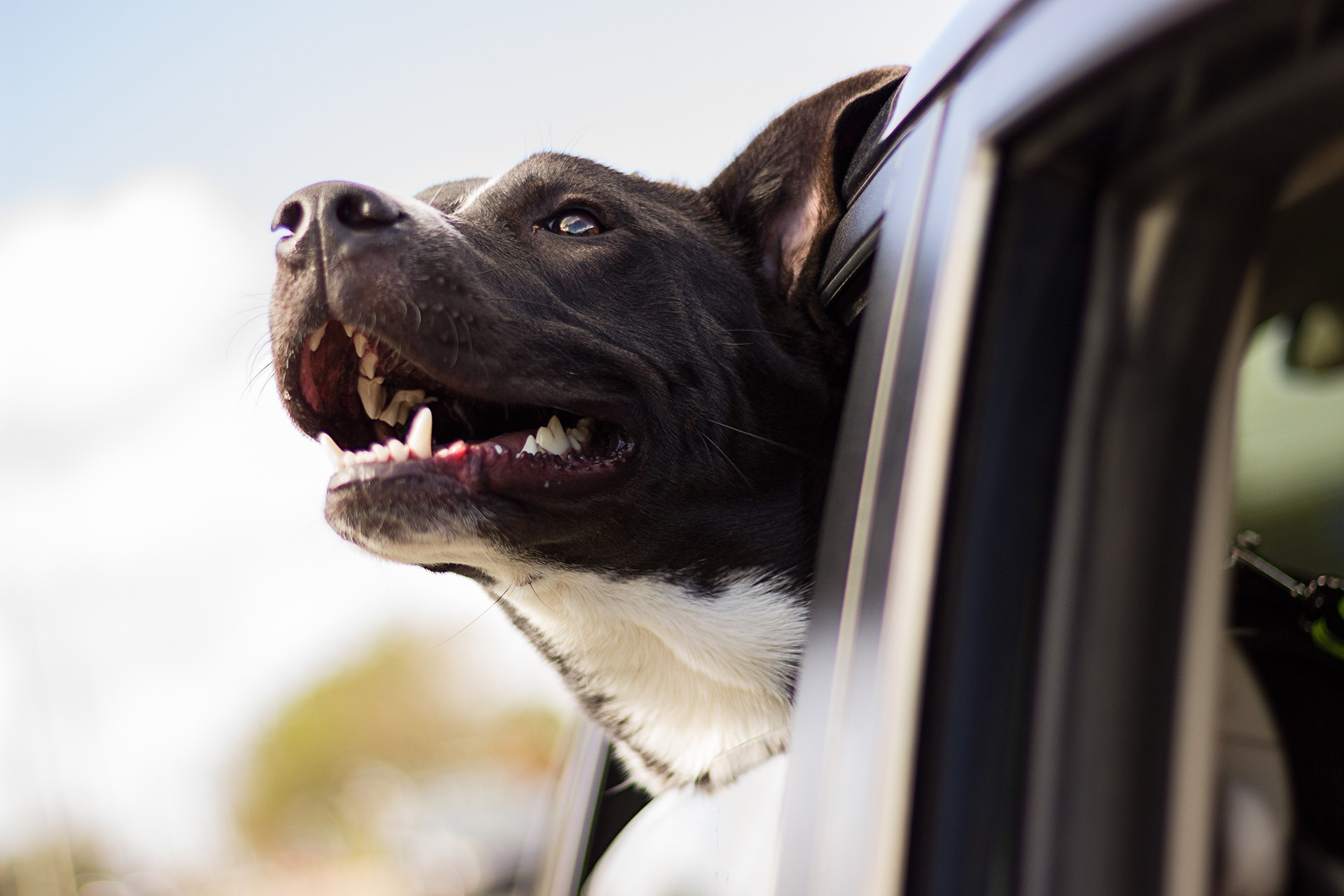Whether you own a cat, dog or even a fish, new environments are often scary for pets. When you move, you are taking your pet out of its comfort zone, which can increase its anxiety. Planning a move with your pet in mind can help alleviate and minimize stress once you arrive. Here are a few things to consider before a move to ensure it will feel like home for everyone.






